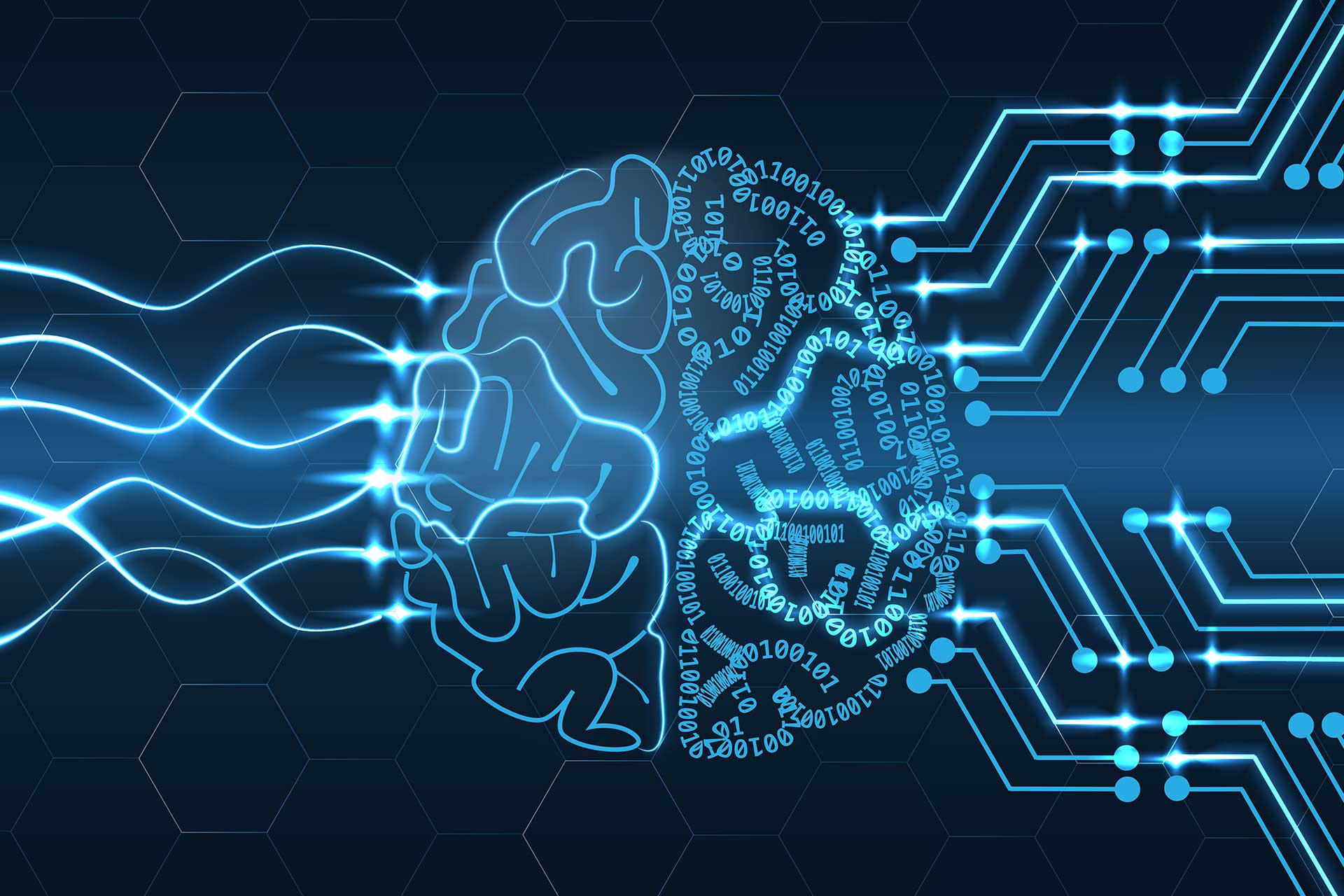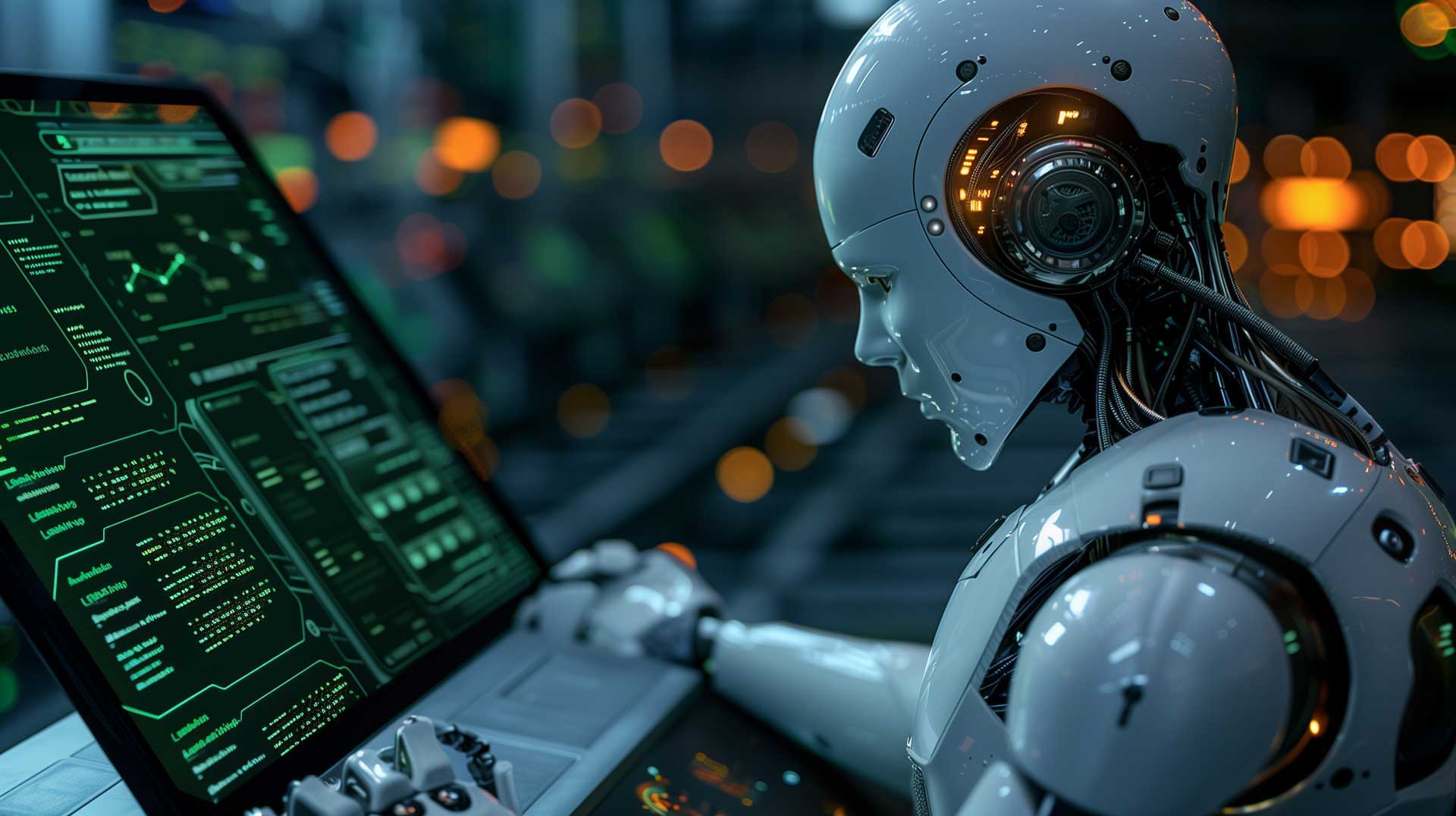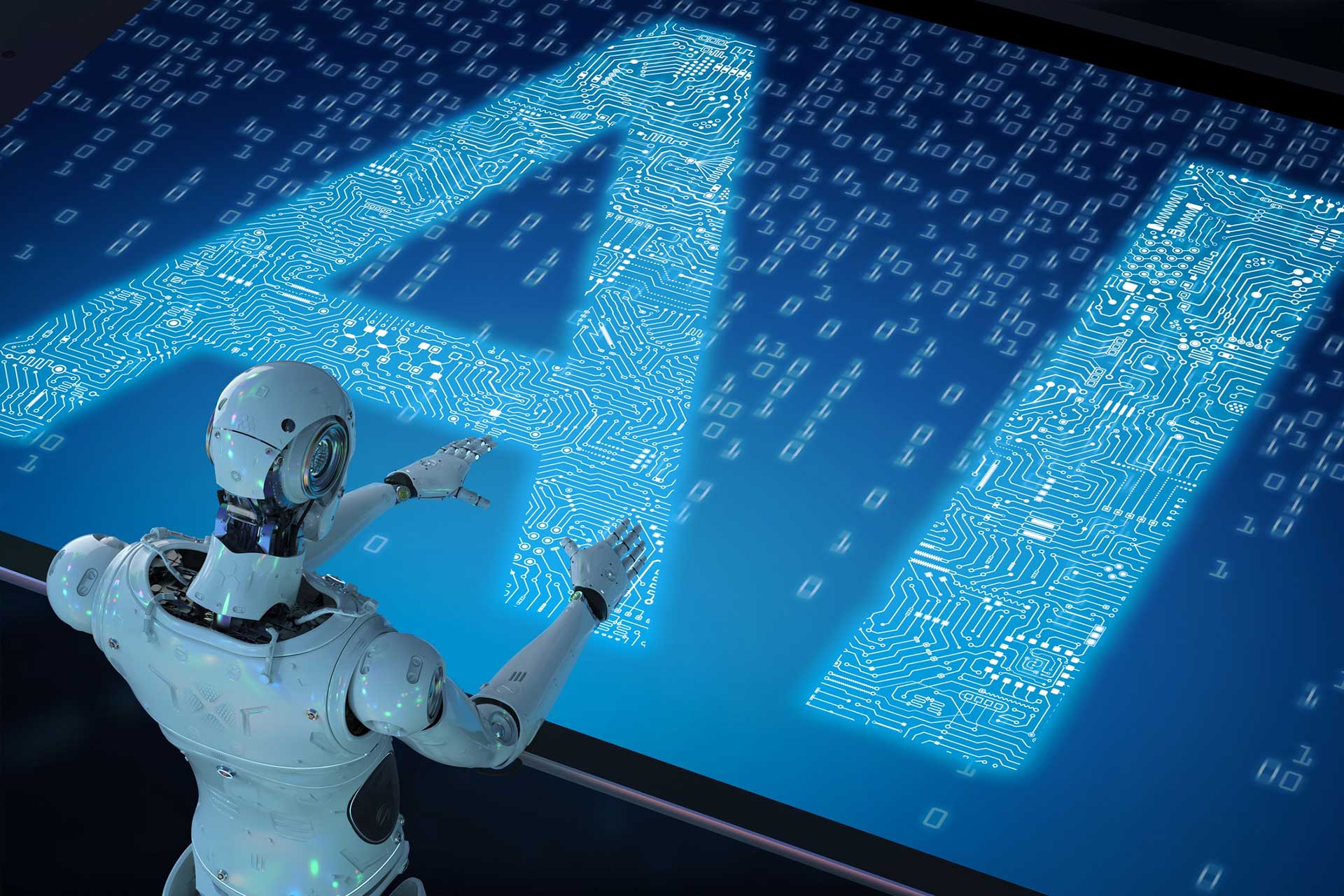Artificial intelligence (AI), an advanced operating system designed to mimic high-level cognitive functions such as perception, learning, reasoning, deduction, and decision-making, is making significant strides in the business and technology sectors. Closely tied to the “New Economy”—which involves the processes of acquiring, processing, and transforming information—AI continues to grow in various areas. This includes the increased use of AI among knowledge workers in virtual work environments and ongoing efforts to give robots human-like touch.
Since Howard Hathaway Aiken designed the Mark 1 computer in 1937, which used punched cards and semi-electronic circuits, the technology sector has seen tremendous advancements. In an interview with BBC International, Edward Fredkin from MIT’s Computer Science Laboratory highlighted the emergence of AI as one of the three most significant events in history, alongside the birth of the universe and the origin of life. This perspective emphasizes AI’s importance in the context of both the new economy and human history.
Recent technological breakthroughs have brought about notable changes in consumer behavior and business processes. The growing popularity of remote work, the rise of e-commerce and virtual interactions, and innovations in automation and AI technology are all contributing factors. As a result, technology companies are diversifying their projects in these areas. For instance, Microsoft is offering users the chance to create “AI-assisted workers.” In its latest AI initiative, Microsoft allows users to create virtual employees who perform tasks such as supply chain management and customer service through AI-powered bots. Early adopters of this program include American consulting firm McKinsey and law firm Clifford Chance. Microsoft officials argue that this AI program will reduce the burden of mundane tasks, create more time for critical responsibilities, and improve business efficiency.
The effects of artificial intelligence on workers have become a major topic of interest in the business world. HP’s 2024 Work Relationship Index (WRI), which surveyed around 16,000 knowledge workers in 12 countries, provides valuable insights into the current state of work relationships. According to the index, employees with access to the right tools and technology—particularly AI-supported solutions—report significantly better work experiences. The report shows that AI usage among knowledge workers rose from 38% last year to 66% in 2024. AI users are 11 percentage points happier with their work relationships compared to those who don’t use AI. Furthermore, at least two-thirds of knowledge workers want personalized work experiences, and 87% are willing to forgo part of their salary to achieve this.
There have also been significant developments in research on robots’ sensory abilities, especially in relation to AI. Robots with a refined sense of touch are believed to have great potential in both scientific research and everyday applications. Meta’s efforts to give robots a human-like sense of touch have attracted attention, particularly through its partnership with U.S.-based sensor company GelSight and South Korea’s robotics firm Wonik Robotics. Together, they’ve focused on creating touch sensors for AI. Meta shared three research tools on its blog aimed at improving touch perception, dexterity, and human-robot interaction: Sparsh, Digit 360, and Digit Plexus.



Sparsh, a touch detection technology, allows AI to identify pressure, texture, movement, and more, without requiring a massive database. Experts believe this technology is crucial for enabling robots to handle objects without damaging them. TechRadar compares it to how a human might touch an object in the dark and identify it based on the sensation alone, even without knowing what it is. Digit 360, a robotic fingertip, is set to launch next year. It uses its AI chip and about 18 “sensing features” to digitize touch signals and detect environmental changes. Digit Plexus, a hardware-software platform designed to simplify the development of robotic applications, allows for the integration of multiple fingertip and skin touch sensors into a single robotic hand. Meta claims that Plexus is capable of replicating the human sense of touch well enough to interact with delicate objects.
With the rise of AI and the arrival of virtual reality, e-commerce has experienced rapid growth and has become indispensable in today’s technology landscape. As AI techniques that simulate human brain functions continue to evolve, they are expected to see even greater advancements in the coming years. Research into AI systems, which are now being applied across fields from science to technology, art, and daily life, is predicted to lead to revolutionary results in our increasingly interconnected world.


